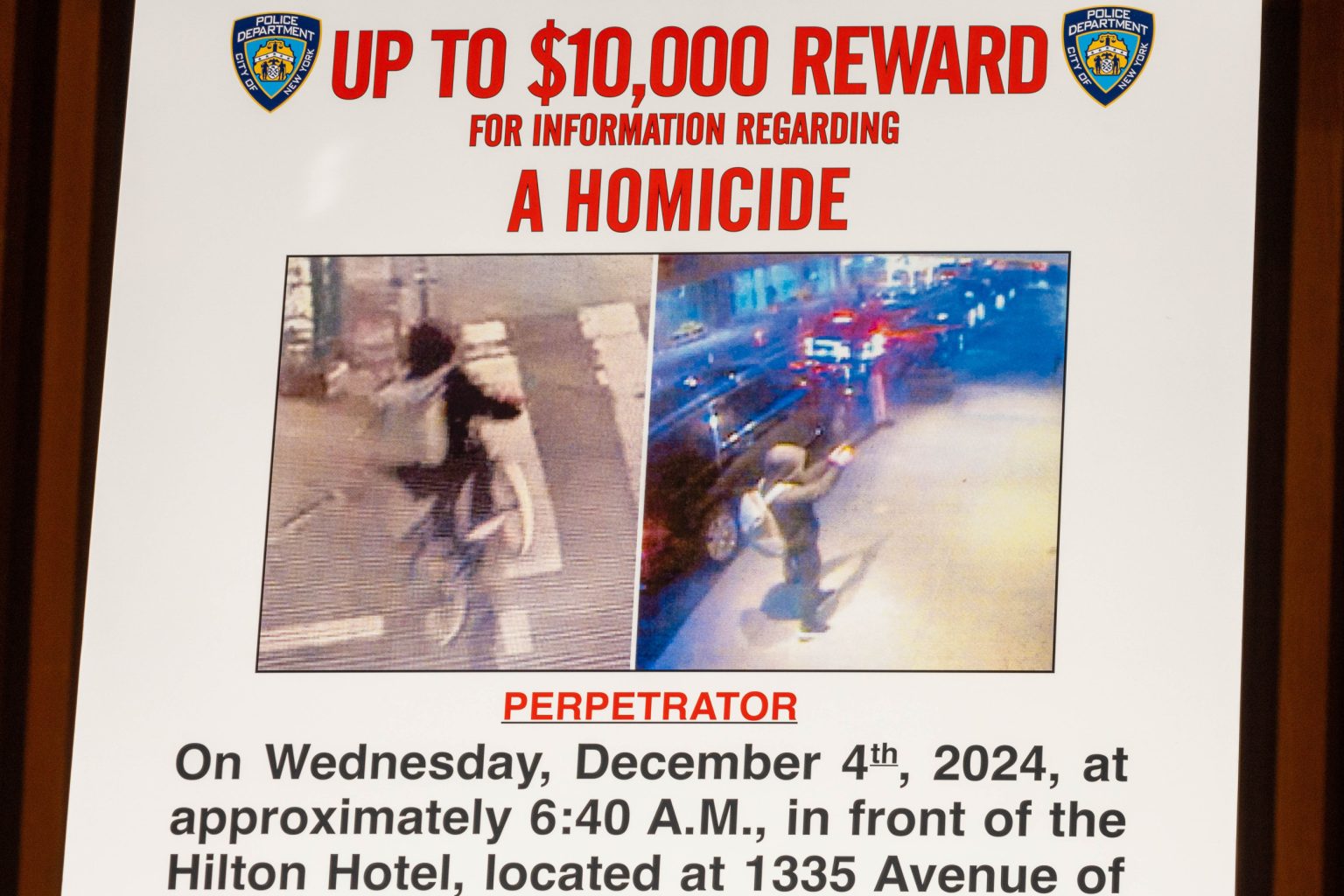The arrest of Luigi Mangione in connection with the fatal shooting of UnitedHealthcare CEO Brian Thompson has brought the issue of “ghost guns” into sharp focus. Mangione, 26, was apprehended at a McDonald’s in Altoona, Pennsylvania, after patrons recognized him from images circulated by the NYPD. Authorities revealed that Mangione was in possession of a ghost gun, a type of firearm assembled from parts often manufactured using 3D printers, making them untraceable through traditional methods. This raises concerns about the accessibility and potential misuse of this technology in criminal activities. The recovered ghost gun is believed to be capable of firing 9mm rounds and was equipped with a suppressor, further complicating the investigation and highlighting the potential dangers posed by these unregulated firearms. Ballistic testing is underway to definitively link the weapon to Thompson’s death.
The proliferation of ghost guns has become a growing concern for law enforcement agencies across the country. The ease with which these firearms can be manufactured and assembled at home, coupled with the lack of serial numbers or background checks, presents a significant challenge in regulating their distribution and tracking their use in crimes. The ability to create functional firearms outside of established manufacturing and distribution channels creates a loophole in existing gun control measures, potentially enabling individuals legally prohibited from owning firearms to acquire them with relative ease. This case underscores the urgency for policymakers to address the growing threat of ghost guns and develop strategies to mitigate their potential for harm.
The investigation into Brian Thompson’s death is ongoing, and the full circumstances surrounding the shooting remain unclear. However, Mangione’s arrest and the discovery of the ghost gun in his possession suggest a premeditated act. While the motive for the killing remains undisclosed, investigators will likely scrutinize Mangione’s background and any potential connections he may have had to Thompson to shed light on the events leading up to the tragedy. The circumstances surrounding the shooting, including the location and manner in which Thompson was killed, will be crucial in piecing together the sequence of events and establishing a clear timeline of the incident.
The use of a potentially 3D-printed ghost gun in this high-profile case throws into stark relief the challenges law enforcement faces in combating the proliferation of these weapons. Traditional methods of tracing firearms rely on serial numbers and manufacturer records, which are absent in ghost guns. This makes it significantly more difficult to track the origin and ownership of these weapons, hindering investigations and potentially allowing perpetrators to evade accountability. The decentralized nature of ghost gun production, often occurring in private homes using readily available technology, further complicates efforts to regulate their manufacture and distribution.
The incident underscores the need for a comprehensive approach to addressing the issue of ghost guns. This includes exploring legislative measures to regulate the sale and distribution of 3D-printed gun components, strengthening background check requirements for individuals seeking to acquire firearm parts, and enhancing law enforcement’s ability to track and trace these weapons. Collaboration between law enforcement agencies, technology companies, and policymakers is crucial in developing effective strategies to mitigate the risks associated with ghost guns. Furthermore, public awareness campaigns can play a vital role in educating individuals about the dangers of these weapons and the importance of responsible gun ownership.
The tragic death of Brian Thompson serves as a stark reminder of the evolving landscape of firearm-related violence and the urgent need for innovative solutions to combat the proliferation of untraceable firearms. As technology continues to advance, the potential for misuse of 3D printing and other readily available technologies in creating weapons poses a significant challenge to public safety. This case highlights the importance of proactively addressing this issue through a multi-faceted approach involving legislation, law enforcement, and public education to prevent future tragedies and ensure the safety and security of our communities. The evolving nature of this threat requires ongoing vigilance and adaptation of strategies to effectively address the challenges posed by ghost guns and other unregulated firearms.

